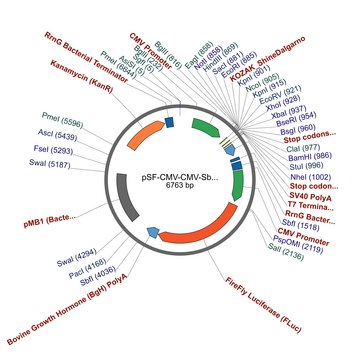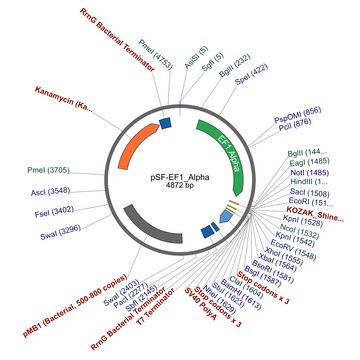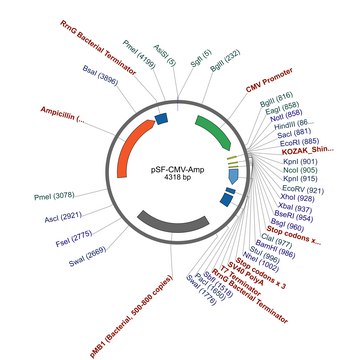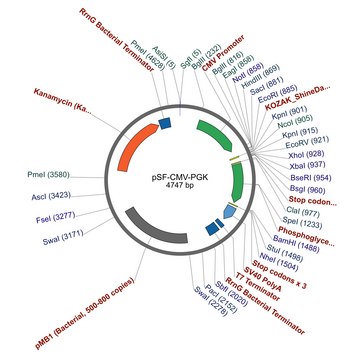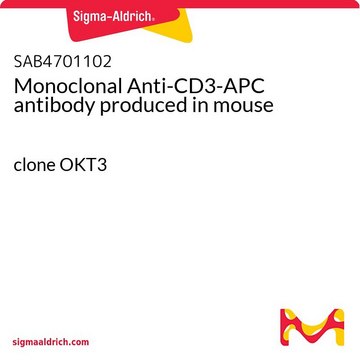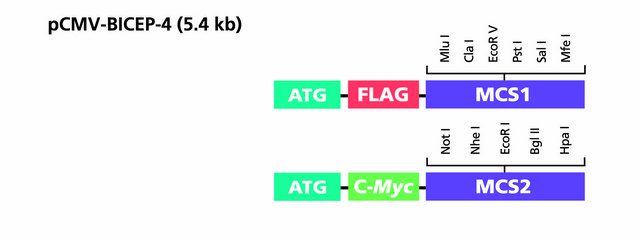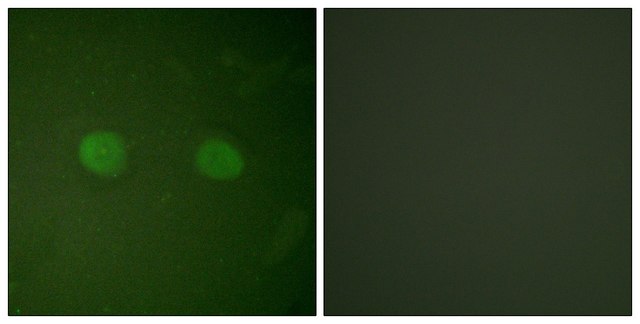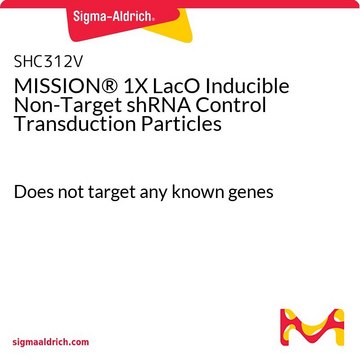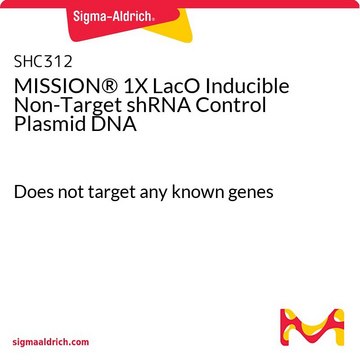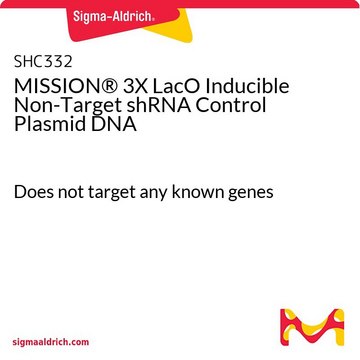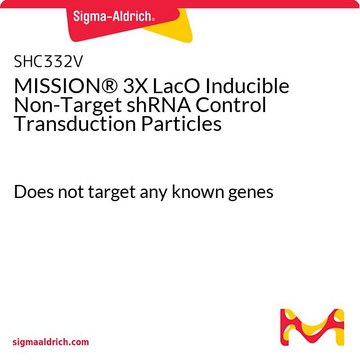OGS597
PSF-CMV-CMV-SBFI-UB-PURO - DUAL CMV EXPRESSION PLASMID
plasmid vector for molecular cloning
Synonym(s):
cloning vector, expression vector, molecular cloning vector, plasmid, plasmid vector, snapfast vector, vector
Select a Size
CN¥3,913.36
Select a Size
About This Item
CN¥3,913.36
Recommended Products
form
buffered aqueous solution
mol wt
size 7038 bp
bacteria selection
kanamycin
mammalian cells selection
puromycin
Origin of replication
pUC (500 copies)
Peptide cleavage
no cleavage
Promoter
Promoter name: CMV
Promoter activity: constitutive
Promoter type: mammalian
reporter gene
none
shipped in
ambient
storage temp.
−20°C
1 of 4
This Item | SHC312 | SHC332 | SHC332V |
|---|---|---|---|
| product line MISSION® | product line MISSION® | product line MISSION® | product line MISSION® |
| shipped in dry ice | shipped in dry ice | shipped in dry ice | shipped in - |
| storage temp. −70°C | storage temp. −20°C | storage temp. −20°C | storage temp. - |
| Quality Level 100 | Quality Level 200 | Quality Level 200 | Quality Level 100, 200 |
General description
Promoter Expression Level: This plasmid contains the mammalian CMV promoter to drive gene expression. We have tested all of our mammalian promoters in a range of cell types and CMV is consistently the strongest in those we have studied. However there are many reports of the CMV promoter demonstrating silencing by methylation in long-term culture.
Application
Multiple cloning site notes: There are a few important sites within first MCS. These include the NcoI site the XbaI site and the BsgI and BseRI sites. The NcoI site contains a start codon that is immediately downstream of both a Kozak and Shine-Dalgarno ribosomal binding site. These allow for optimal positioning of genes when the start codon is placed in this location. If this is not required and you wish to use a downstream site for gene cloning you can remove the NcoI site by cleaving the plasmid with KpnI.
The XbaI site contains a stop codon. This stop codon is positioned in a specific position in relation to the BsgI and BseRI sites that are immediately downstream. When either BseRI or BsgI cleave the plasmid they produce a TA overhang from the stop codon in the XbaI site that is compatible with all of our peptide tag plasmids cut with the same sites. BseRI and BsgI sites are non-palindromic and cleave a defined number of bases away from their binding site.
Whenever we clone a gene into our multiple cloning site we always position the start and stop codon in the same positions in the MCS. If the start and ends of the genes are not compatible with NcoI and XbaI we extend the sequence to the nearest external sites but keep the start and stop codons locations consistent.The second multiple cloning site has been designed to be compatible with the first where possible. This is achieved by in some cases using enzyme sites that produce the same overhangs as those sites in the main MCS. For example PspOMI SalI PciI AclI and SpeI produce the same overhangs as NotI XhoI NcoI ClaI and XbaI respectively. This allows gene that are located in the main MCS to be transferred to the second MCS if required. Ligating these sites together will ablate the sites from the ends of the gene sequence.
Sequence
Analysis Note
related product
Storage Class Code
12 - Non Combustible Liquids
Flash Point(F)
Not applicable
Flash Point(C)
Not applicable
Regulatory Information
Choose from one of the most recent versions:
Certificates of Analysis (COA)
It looks like we've run into a problem, but you can still download Certificates of Analysis from our Documents section.
If you need assistance, please contact Customer Support.
Already Own This Product?
Find documentation for the products that you have recently purchased in the Document Library.
Articles
SnapFast™ plasmid system eliminates restriction sites in DNA sections, ensuring flexibility and functionality in molecular cloning..
Versatile sequencing primers enable sequencing of inserts in plasmids at specific positions, aiding in molecular biology research.
Plasmid platform with interchangeable DNA components offers versatile research tools for genetic studies.
Our team of scientists has experience in all areas of research including Life Science, Material Science, Chemical Synthesis, Chromatography, Analytical and many others.
Contact Technical Service